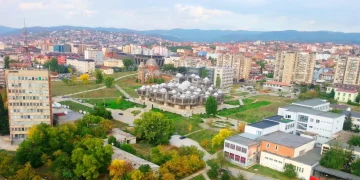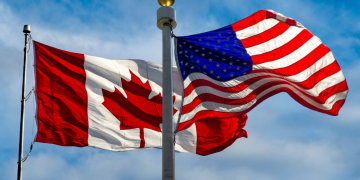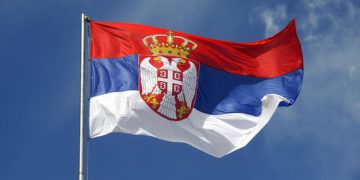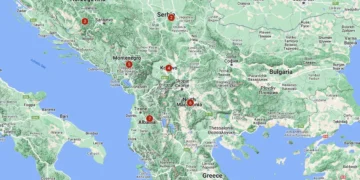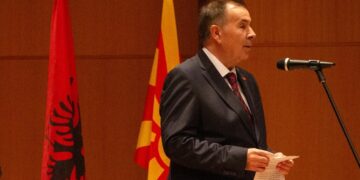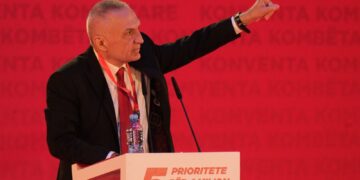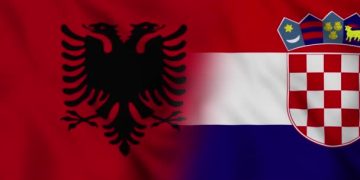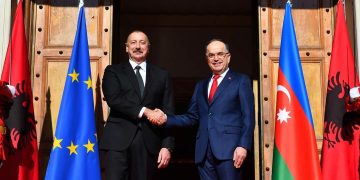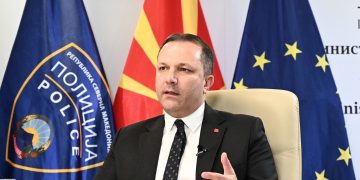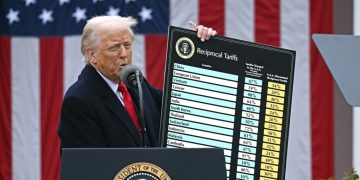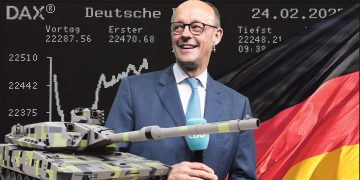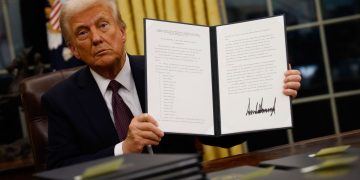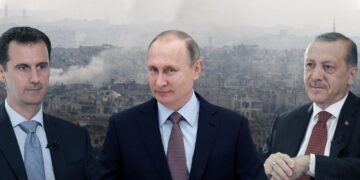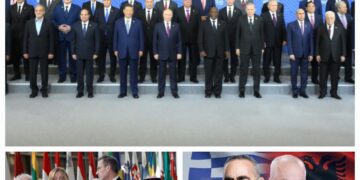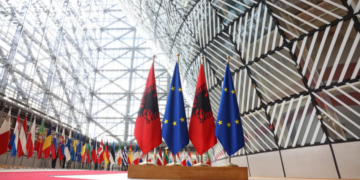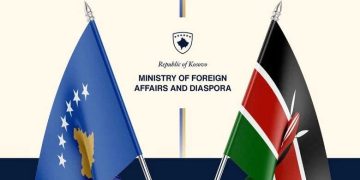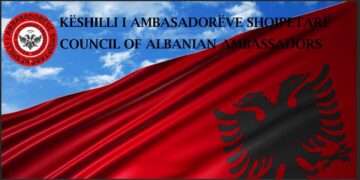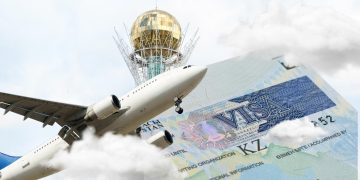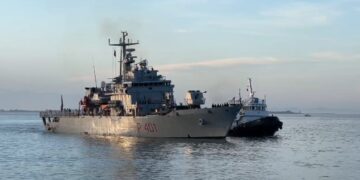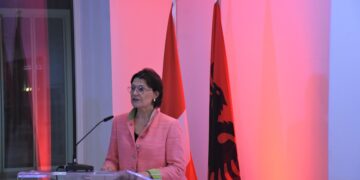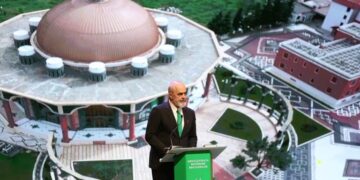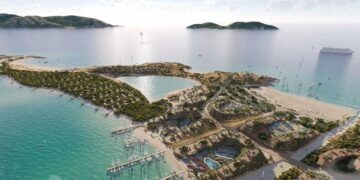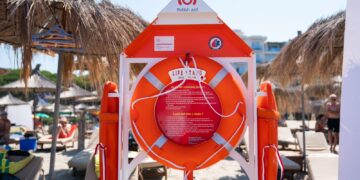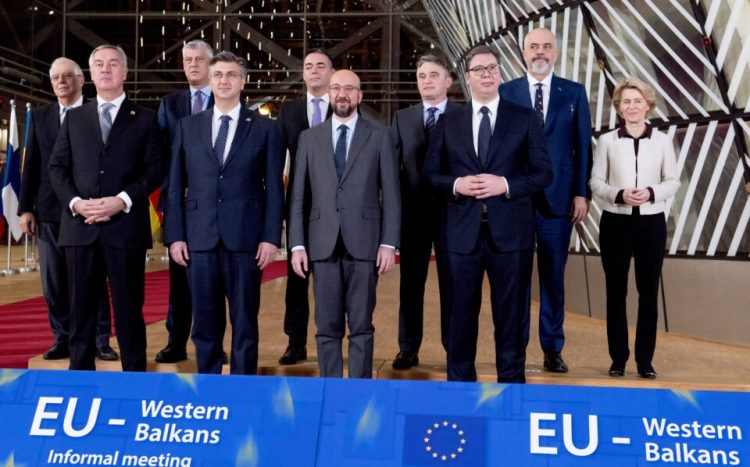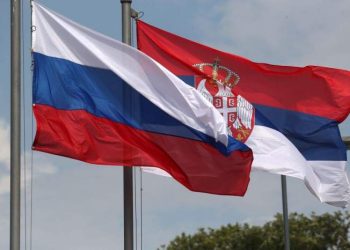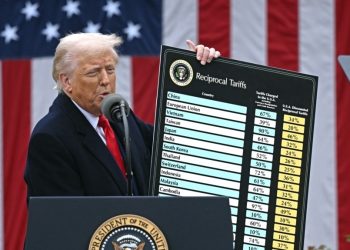by
For the Western Balkan six economies, regional cooperation is proclaimed as a condition for their European integration path. Stability Pact, Regional Cooperation Council, CEFTA, RYCO, Energy Community and Transport Community as well as Berlin Process as of 2014 are some of the initiatives and organisations created for operationalising this goal. But, obviously, if regional cooperation is taken just as a condition, it will not serve the purpose – regional cooperation should be considered as a necessity for all.
That is why at the Sofia Summit of the Berlin Process in November 2020, the leaders of the Western Balkans recognised the need to start integrating better economically– amongst them and with the EU. They launched the Common Regional Market initiative, which is structured around the four freedoms (free movement of goods, services, capital and people) while also covering aspects of digital, investment, innovation and industry policy.
This makes it the most ambitious regional integration effort to date in the Western Balkans! It should be stressed that regional economic integration in the Western Balkans is based on the EU rules and closer association to the EU Single Market in order to help the candidate and potential candidates in their accession process. Furthermore, as a virtuous circle, the accession process and the gradual compliance with the EU acquis will help strengthen intra-regional integration.
The region is currently characterised by economic fragmentation. As an example, trucks spend 28 million hours waiting at borders every year – a burden that costs 1% of the region’s GDP. The Common Regional Market Action Plan aims to secure mutual recognition arrangements, remove obstacles, and cut costs and time needed for goods, services, capital and people to move freely across the region.
Growth and employment opportunities will be improved, as trade liberalisation, capital flows and mobility lead to market expansion, technology sharing, and more investments between WB6. Great potential of economies of scale will remain untapped unless transfer of goods, services, capital and people becomes unhindered throughout the region. The overall main objectives are to closely align rules and regulations with the core principles governing.
The EU Internal Market based on the four freedoms approach and to increase the attractiveness of the
region for foreign investors. Also, integrating the Western Balkans into the pan-European digital area and upgrading the industrial base and innovation infrastructures are agreed as further key objectives to be pursued.
Additionally, to pursue those objectives other types of obstacles are envisaged to be removed: traveling across the region only with IDs for WB6 citizens as well as harmonised procedures for travelling of third party citizens and mutual recognition of diplomas, professional qualifications and certifcates constitute the intrinsic part of free movement of people philosophy for the Western Balkans.
If we add Green Agenda aimed at reaching the goal of ‘carbon free Western Balkans by 2050’ one should get the full picture of the region’s goal to not only pursue EU membership but also to connect each and every of the its economies with Europe.
There are five sectors recognised by the Green Agenda for the Western Balkans to drive the environmental
transformation of the region towards climate neutrality. Decarbonisation comes first and includes climate, energy and mobility policies and measures in the area of Circular Economy, where the WB has to shift from linear to a circular economy and decouple economic growth from resources use.
Declaration on Green Agenda lists measures to ensure sustainable supply of raw materials, extend the duration of products, minimise waste generation and explore opportunities for recycling. Depollution of air, water and soil is another important pillar for protecting health of our citizens and ensuring survival of humankind. Protecting agriculture and food production is also the sector to which significant attention has been dedicated.
Finally, Green Agenda recognizes that our region represents a European hotspot in terms of biodiversity. Now, the most challenging phase is yet to come and this is the implementation. It will be demanding, not without many challenges but still we hope that reaching net-zero emission target in the next three decades is possible.
Why are all those activities necessary? The most obvious and logical answer is for the economic development of all people living in the region. The disruptive effects of the COVID-19 crisis on the Western Balkan economies subsided somewhat in the third quarter of 2020, when the region’s GDP fell by 4.5% y-o-y, after a slump of 9.3% in the preceding quarter.
The region’s current account deficit further increased to 7.2% of GDP in the four quarters to September, the highest level since the second quarter of 2013, as a result of continued strong losses in services exports, such as tourism, as well as, in some cases, decreasing remittance inflows.
With the signifcant downturn of FDI flows in the post-COVID-19 period, the global competition for investments is expected to increase dramatically. As a result, there is a need to put into place aggressive attraction programs as well as the convergence of regional investment standards and legal frameworks with the EU. FDI screening mechanism, which is also envisaged with CRM agenda is very important as it will also foster cross-border investment flows within the region.
On the other hand, Wester Balkan economies are able to cooperate and produce results. In the immediate aftermath of the COVID-19 pandemic, the region mobilised promptly in establishing Green Lanes to enable the free flow of medical supply and essential goods. As a result, 80% of all trucks have used those corridors and 600.292 trucks took advantage of the priority transit and simplifed procedures in 2020, which led to decreased trade costs.
The waiting time at WB6 borders (average 75 min) was half of that at the border crossings with the EU Member States. It has been calculated that by having all joint border crossings within the WB6 operating 24/7, the region would save 800.000.000 euro per year (2 euros are lost every minute a truck driver is late due to queuing at a border crossing).
That is important to have in mind – when there is a clear interest and need, the region is more than able to cooperate successfully. However, WB6 cooperation should not be finished there as there are many other potential possibilities for development and cooperation with the EU. One of the most notable ones is for the Western Balkans to be included in supply chains.
Study “Time to move to the Western Balkans: How diversification of global supply chains can benefit EU resilience” prepared by Zoran Nechev and Marie Jelenka Kirchner, explains that COVID-19 pandemic showed that the benefits of diversifying the supply base and shortening supply chains are considerable, especially in the long run, as they not only promote greater security and increase resilience, but can also help companies cope better with the ongoing trade wars, political instabilities, and pressures for sustainability performance.
This study points on localisation of supply chains, reorienting supply chains towards suppliers in specific countries and regions in close proximity to the final customer. And not only proximity, but they are giving many other arguments why a reorientation of suppliers to the Western Balkans is important and necessary. Western Balkans is offering something more that no other region can offer to European companies, as this region consist of economies integrating among themselves by using the European standards of goods and services.
That is what Common Regional Market Action Plan, endorsed by all six leaders from the Western Balkans, is
all about. And also, the ever stronger regional economic integration process, as defined within CRM, contributes to increasingly harmonised investment, trade and other policies towards unique investment space. /EWB



